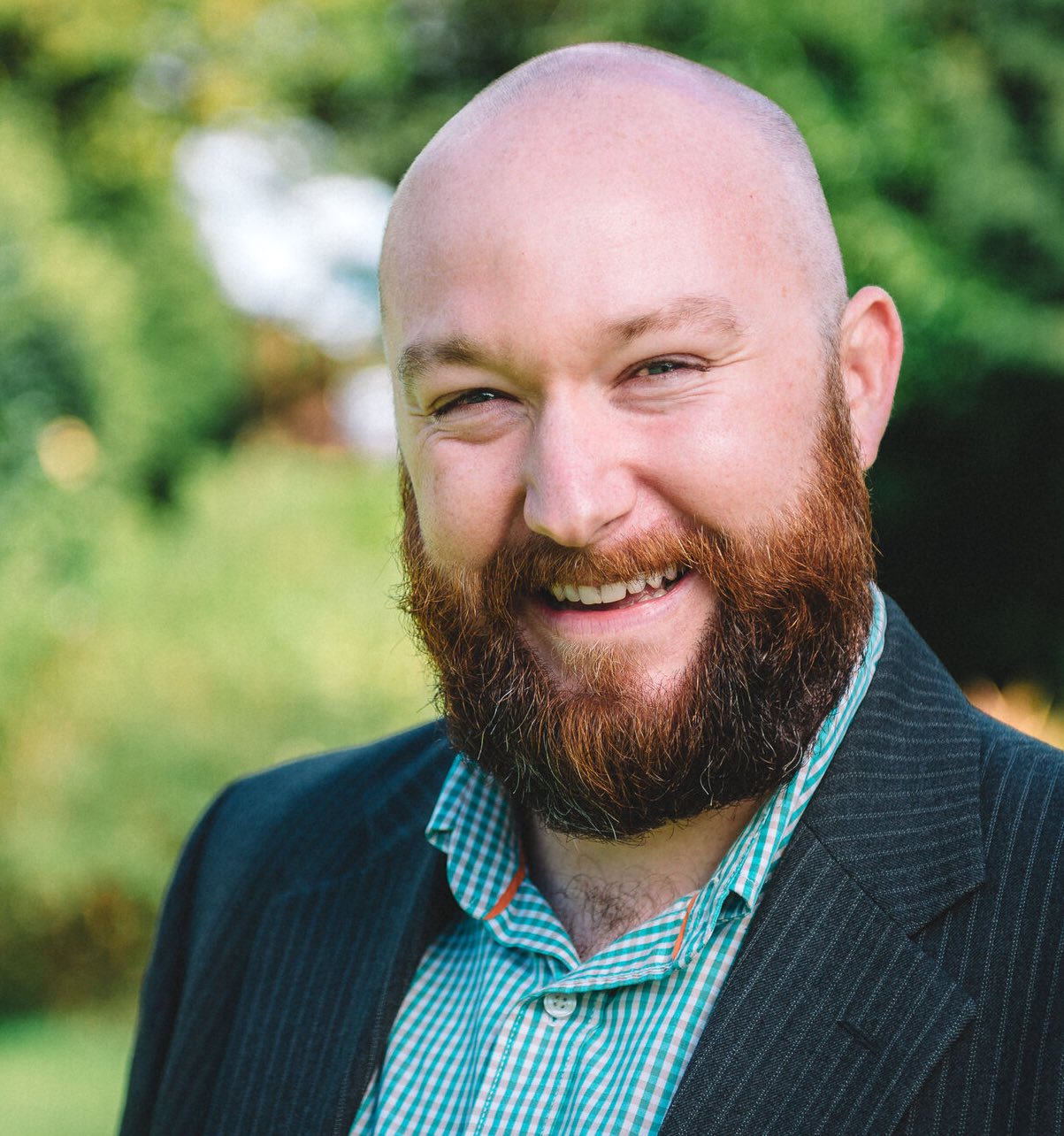Can eLearning Help Increase Teacher Salaries?



This weekend, I was sitting in a startup accelerator, going through a session on pitching. A brilliant session on how to refine your deck, tell your story, make sure people actually get what you do. It was fantastic, but honestly, my head was elsewhere.
I’m in the middle of a major pivot with Glean Asia. The recent USAID stop-work order wiped out 80% of our projected 2025 revenue, almost two years of project funding gone overnight. So, yeah, it’s been a brutal couple of weeks. Being in a room full of other founders dealing with their own versions of “what now?” felt oddly comforting. Some had their businesses wiped out by COVID, but made it through. Others had bet everything on an idea that didn’t quite take off. Everyone had their own version of a hard pivot.
And while I was supposed to be listening to a session on ideating my deck, I was reviewing old reports. (fun, I know) I came across this stat that suprised me: we increased teachers’ salaries by 48% last year.
The Community Fund Pilot
Last year, we ran a pilot in three schools using our EdTech for Good platform, a digital English learning system on tablets. Typically, this kind of thing is grant-funded, but we wanted to try something different.
Instead of giving the program away for free, we asked schools to charge students one dollar per month to access the content. They got to keep half of it.
Over nine months, those three schools raised $10,000 total—$5,000 for us, $5,000 for them. And that extra money? It went directly into a community fund that could be used to pay for teachers’ salaries.
To put that in perspective: The average Cambodian teacher in a rural province makes about $340 a month. Thanks to this pilot, they brought in an additional $184 a month on average. Some got more, some got less, but overall, it was a 48% pay increase.
This could work.
What’s Next Without USAID?
With USAID funding gone, we need to figure out how to scale this model beyond just three schools. We need to make it sustainable, not just for us, but for the teachers and students who rely on it.
One thing I’ll say about people in this space, whether it’s social enterprise, international development, or the nonprofit world, we’re resilient as hell. We don’t stop because of a funding cut. We don’t back down because the numbers suddenly look grim. We do this work because we believe in it, because education isn’t just a business, it’s a mission.
So, yeah, this weekend was a lot. It was a gut-check moment, but also a reminder: we’ve got a way forward.
We can make this work without big grants. We can build something sustainable. And most importantly, we can keep finding ways to make sure teachers get paid, students get access, and the next generation of Cambodians gets the opportunities they deserve.